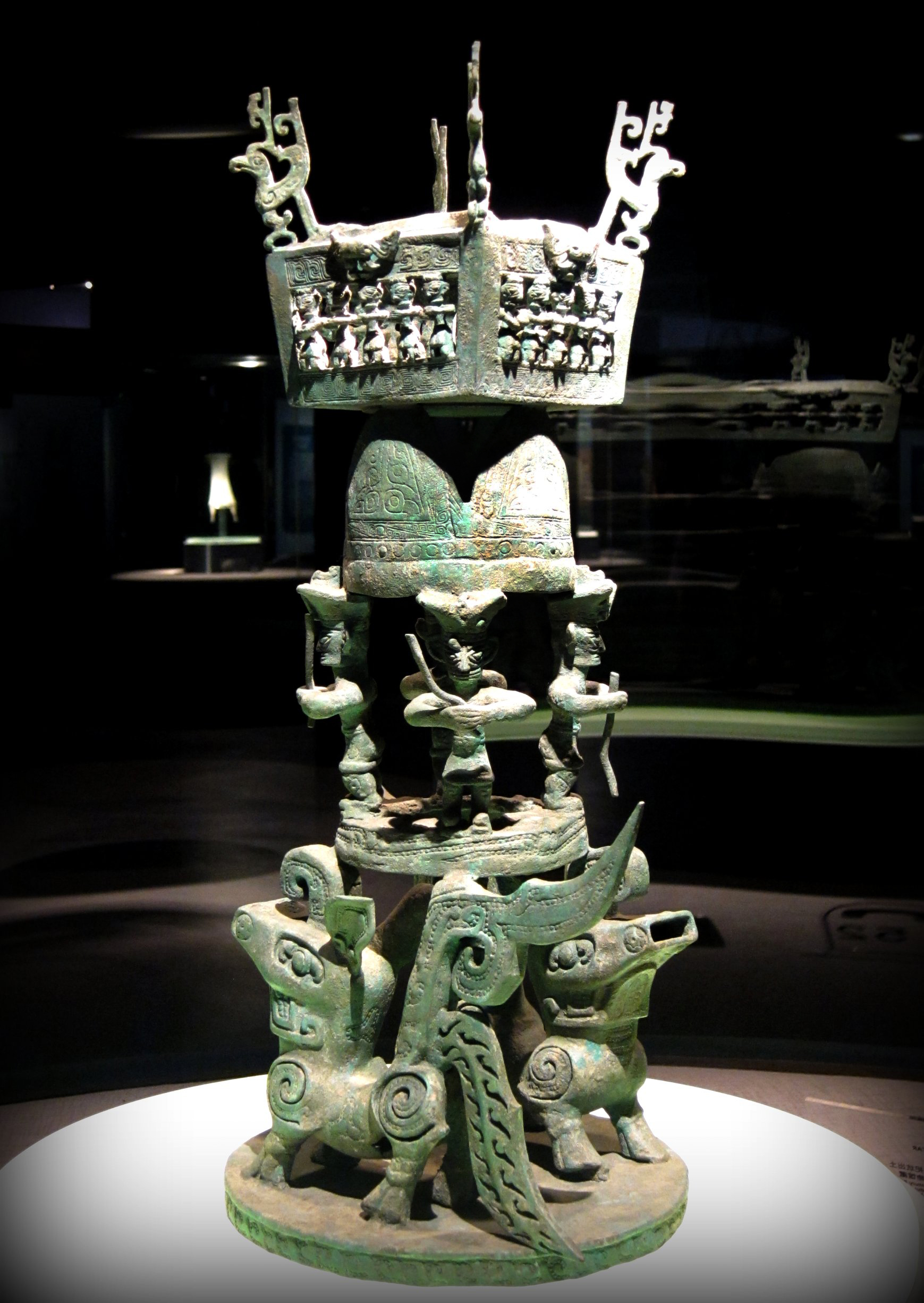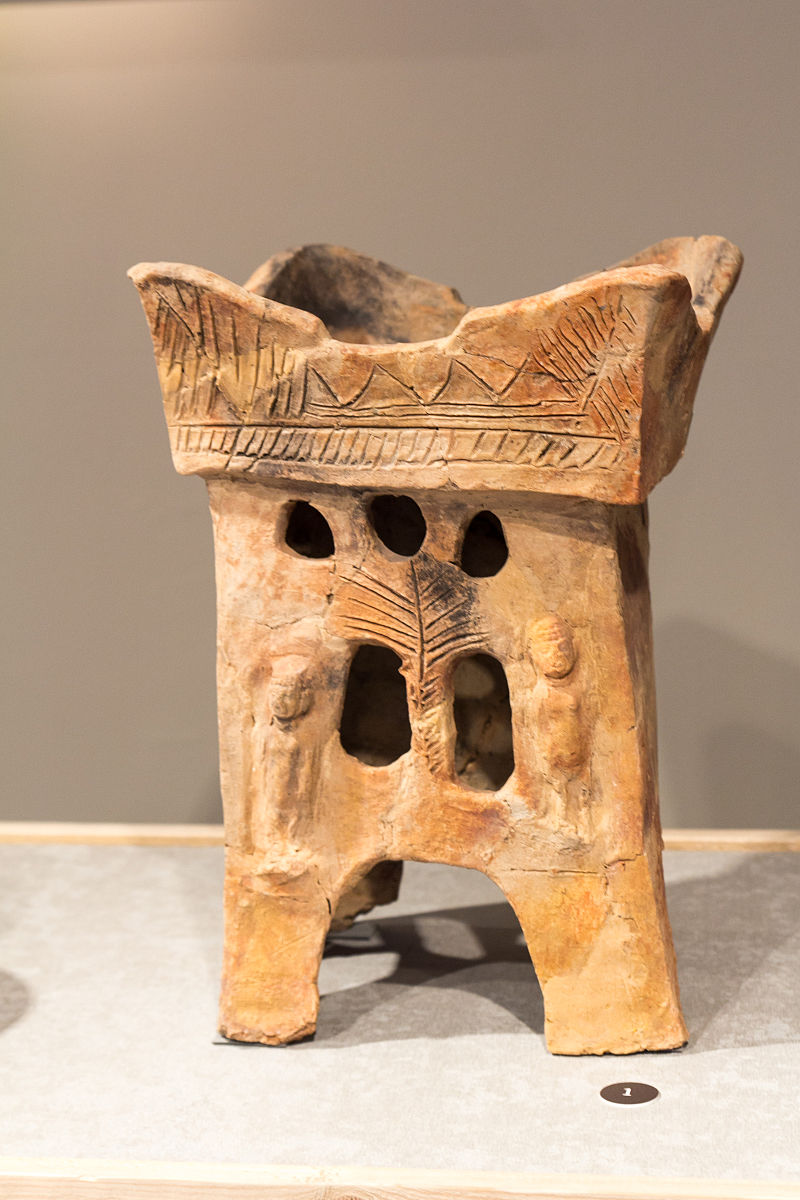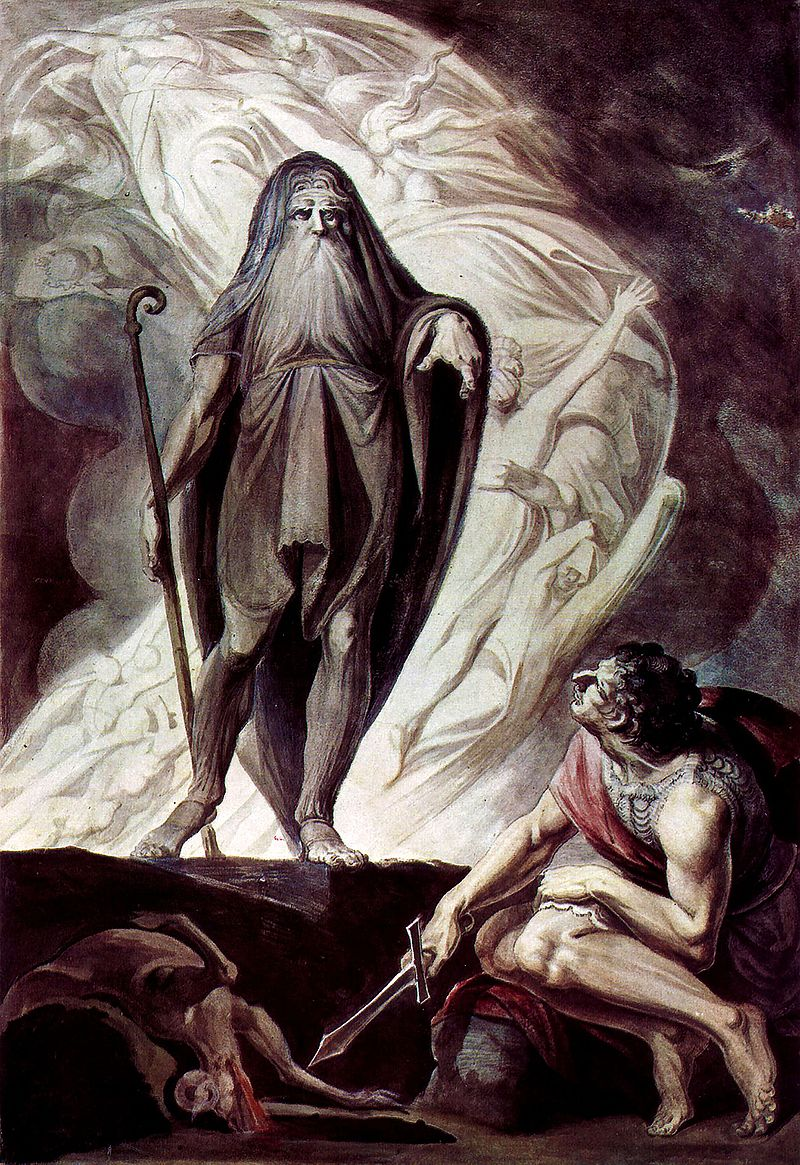Sanxingdui (‘Three Star Mound’)
Sanxingdui (Chinese: 三星堆; pinyin: Sānxīngduī; lit. ‘Three Star Mound‘) is an archaeological site and a major Bronze Age culture in modern Guanghan, Sichuan, China. Largely discovered in 1986, following a preli
Asherah and Asherim notes
In the ancient Levant, doves were used as symbols for the Canaanite mother goddess Asherah. The Canaanite religion was the group of ancient Semitic religions practiced by the Canaanites living in the ancient Levant from at least the early&n
Tiresias was a blind prophet who was transformed into a woman for seven years
In Greek mythology, Tiresias was a blind prophet of Apollo in Thebes, famous for clairvoyance and for being transformed into a woman for seven years. He was the son of the shepherd Everes and the nymph Chariclo. Tiresias part
Cassava (tapioca) chips have become a major source of ethanol production
In many countries, significant research has begun to evaluate the use of cassava as an ethanol biofuel feedstock. Under the Development Plan for Renewable Energy in the Eleventh Five-Year Plan in the People’s Republic of China, the target was to increase the production of ethanol fuel fro
Adrenaline has been isolated from the plant Scoparia dulcis found in Northern Vietnam
Scoparia dulcis is a species of flowering plant in the plantain family. Plantaginaceae, the plantain family, is a large, diverse family of flowering plants in the order Lamiales that includes common flowers such as snapdragon and foxglove. It is unrelated to the banana-like fruit also ca
Mouth of the Lion
Denunciation (from Latin denuntiare, “to denounce”) is the act of publicly assigning to a person the blame for a perceived wrongdoing with the hope of bringing attention to it. Notably, centralized social control in authoritarian states requires some level of cooperation from the po
Tongue stone
According to Renaissance accounts, large, triangular fossil teeth often found embedded in rocky formations were believed to be petrified tongues of dragons and snakes and so were referred to as “tongue stones” or “glossopetrae”. Glossopetrae were commonly thought to b






